The Impact of Incentives on Employees to Change Thermostat Settings—A Field Study
Abstract
:1. Introduction
1.1. Sustainable Trends in Organizational Behavior
1.2. Growing Energy Demand
1.3. Emerging Importance of Human Behavior as Energy Saving Factor
1.4. Complexity of the Human Behavior Factor
1.5. Towards a Pro-Ecological Behavior Change—An Experimental Approach
2. Objectives
3. Materials and Methods
3.1. Energy Saving in the Office (ESO)—Experiment Design
3.2. Carrying out the ESO Experiment
- Thermostat readout Nos. 1, 2, 3, and 4;
- Intervention—The first incentive for energy saving delivered to groups G2 and G3;
- Thermostat readout Nos. 5, 6, 7, 8, and 9;
- Intervention—The second incentive for energy saving delivered to group G3 only;
- Thermostat readout Nos. 10, 11, 12, 13, and 14;
- Intervention—The information about the end of the main part of the project delivered to groups G2 and G3;
- Thermostat readout Nos. 15, 16, and 17.
4. Results
4.1. Statistical Test of the Effect of the First Incentive Delivery
4.2. Consideration of Effect of the Second Incentive Delivery
5. Discussion
6. Summary and Conclusions
- Providing incentives for energy saving resulted in a statistically significant positive reaction of the employees of the department studied.
- This reaction was not instantaneous and weakened with time, but to a success rate level higher than the starting one.
- When seeking to save resources (water, energy, paper, etc.) in offices or other buildings, it is important to remember to raise awareness and train staff, to learn from each other, and to encourage adapting resource-efficient behaviors. It is equally important that select employees declare that they will transfer their changes in behavior to their private lives.
- In regard to the methods leading to changes in the behaviors of individuals and organizations towards becoming more resourceful and energy-efficient, the experimental approach proposed in this article can be an effective solution.
Funding
Institutional Review Board Statement
Informed Consent Statement
Data Availability Statement
Acknowledgments
Conflicts of Interest
References
- United Nations Report of the Secretary-General on SDG Progress 2019: Special Edition; United Nations Publishing: New York, NY, USA, 2019.
- Klöckner, C.A. A comprehensive model of the psychology of environmental behaviour-A meta-analysis. Glob. Environ. Chang. 2013, 23, 1028–1038. [Google Scholar] [CrossRef] [Green Version]
- IPCC. Climate Change 2014: Synthesis Report. Contribution of Working Groups I, II and III to the Fifth Assessment Report of the Intergovernmental Panel on Climate Change; IPCC: Geneva, Switzerland, 2014. [Google Scholar]
- Kates, R.W.; Clark, W.C.; Corell, R.; Hall, J.M.; Jaeger, C.C.; Lowe, I.; McCarthy, J.J.; Schellnhuber, H.J.; Bolin, B.; Dickson, N.M.; et al. Environment and development: Sustainability science. Science 2001, 292, 641–642. [Google Scholar] [CrossRef] [PubMed]
- Kuzior, A.; Ober, J.; Karwot, J. Stakeholder Expectation of Corporate Social Responsibility Practices: A Case Study of PWiK Rybnik, Poland. Energies 2021, 14, 3337. [Google Scholar] [CrossRef]
- Garrido-Yserte, R.; Gallo-Rivera, M.T. The potential role of stakeholders in the energy efficiency of higher education institutions. Sustainability 2020, 12, 8908. [Google Scholar] [CrossRef]
- Altan, H. Energy efficiency interventions in UK higher education institutions. Energy Policy 2010, 38, 7722–7731. [Google Scholar] [CrossRef] [Green Version]
- Responsible Business in Poland 2019. English Summary; Forum Odpowiedzialnego Biznesu: Warsaw, Poland, 2020.
- Pérez-Lombard, L.; Ortiz, J.; Pout, C. A review on buildings energy consumption information. Energy Build. 2008, 40, 394–398. [Google Scholar] [CrossRef]
- World Energy Outlook 2016; World Energy Outlook; OECD: Paris, France, 2016; ISBN 9789264264946.
- Al-Sallal, K.A. A Review of Buildings’ Energy Challenges. Int. J. Environ. Sustain. 2014, 3, 42–49. [Google Scholar] [CrossRef]
- U.S. Department of Energy. In Buildings Energy Databook; Energy Efficiency and Renewable Energy (EERE): Washington, DC, USA, 2012.
- IEA. Global Energy Review 2021; IEA: Paris, France, 2021. [Google Scholar]
- Rijal, H.B.; Yoshida, K.; Humphreys, M.A.; Nicol, J.F. Development of an adaptive thermal comfort model for energy-saving building design in Japan. Archit. Sci. Rev. 2021, 64. [Google Scholar] [CrossRef]
- Yang, L.; Yan, H.; Lam, J.C. Thermal comfort and building energy consumption implications-A review. Appl. Energy 2014, 115. [Google Scholar] [CrossRef]
- Lamb, W.F.; Wiedmann, T.; Pongratz, J.; Andrew, R.; Crippa, M.; Olivier, J.G.J.; Wiedenhofer, D.; Mattioli, G.; Al Khourdajie, A.; House, J.; et al. A review of trends and drivers of greenhouse gas emissions by sector from 1990 to 2018. Environ. Res. Lett. 2021, 16, 073005. [Google Scholar] [CrossRef]
- Stephenson, J.; Barton, B.; Carrington, G.; Gnoth, D.; Lawson, R.; Thorsnes, P. Energy cultures: A framework for understanding energy behaviours. Energy Policy 2010, 38, 6120–6129. [Google Scholar] [CrossRef] [Green Version]
- Gaetani, I.; Hoes, P.J.; Hensen, J.L.M. Estimating the influence of occupant behavior on building heating and cooling energy in one simulation run. Appl. Energy 2018, 223, 159–171. [Google Scholar] [CrossRef]
- Fajilla, G.; De Simone, M.; Cabeza, L.F.; Bragança, L. Assessment of the impact of Occupants’ Behavior and climate change on heating and cooling energy needs of buildings. Energies 2020, 13, 6468. [Google Scholar] [CrossRef]
- World Energy Outlook 2017; OECD: Paris, France, 2017; ISBN 9789264282056.
- World Energy Outlook 2018; OECD: Paris, France, 2018; ISBN 9789264064522.
- World Energy Outlook 2019; OECD: Paris, France, 2019; ISBN 9789264523272.
- OECD. World Energy Outlook 2020—Analysis; OECD: Paris, France, 2020. [Google Scholar]
- Li, D.; Xu, X.; Chen, C.-F.; Menassa, C. Understanding energy-saving behaviors in the American workplace: A unified theory of motivation, opportunity, and ability. Energy Res. Soc. Sci. 2019, 51, 198–209. [Google Scholar] [CrossRef]
- Masoso, O.T.; Grobler, L.J. The dark side of occupants’ behaviour on building energy use. Energy Build. 2010, 42, 173–177. [Google Scholar] [CrossRef]
- Zhang, Y.; Bai, X.; Mills, F.P.; Pezzey, J.C.V. Rethinking the role of occupant behavior in building energy performance: A review. Energy Build. 2018, 172, 279–294. [Google Scholar] [CrossRef]
- Klaniecki, K.; Wuropulos, K.; Hager, C.P. Behaviour Change for Sustainable Development. In Encyclopedia of Sustainability in Higher Education; Springer International Publishing: Berlin/Heidelberg, Germany, 2019; pp. 1–10. [Google Scholar]
- Zollo, M.; Cennamo, C.; Neumann, K. Beyond What and Why: Understanding Organizational Evolution Towards Sustainable Enterprise Models. Organ. Environ. 2013, 26, 241–259. [Google Scholar] [CrossRef]
- Nguyen, T.A.; Aiello, M. Energy intelligent buildings based on user activity: A survey. Energy Build. 2013, 56, 244–257. [Google Scholar] [CrossRef] [Green Version]
- Shove, E.; Lutzenhiser, L.; Guy, S.; Hackett, B.; Wilhite, H. Energy and Social Systems. In Human Choice and Climate Change; Reyner, S., Malone, E.L., Eds.; Battele Press: Columbus, OH, USA, 1998; Volume 2, pp. 291–327. [Google Scholar]
- Drosos, D.; Kyriakopoulos, G.L.; Ntanos, S.; Parissi, A. School managers perceptions towards energy efficiency and renewable energy sources. Int. J. Renew. Energy Dev. 2021, 10, 573–584. [Google Scholar] [CrossRef]
- Ntanos, S.; Ntanos, A.; Salmon, I.; Ziatas, T. Public awareness on Renewable Energy Sources: A case study for the Piraeus University of Applied Sciences. In Proceedings of the 5th International Symposium and 27th National Conference on Operational Research, Aigaleo, Athens, 9–11 June 2016. [Google Scholar]
- Burgess, J.; Nye, M. Re-materialising energy use through transparent monitoring systems. Energy Policy 2008, 36, 4454–4459. [Google Scholar] [CrossRef]
- Sheldrick, B.; Macgill, S. Local energy conservation initiatives in the UK. Their nature and achievements. Energy Policy 1988, 16, 562–578. [Google Scholar] [CrossRef]
- Delmas, M.A.; Fischlein, M.; Asensio, O.I. Information strategies and energy conservation behavior: A meta-analysis of experimental studies from 1975 to 2012. Energy Policy 2013, 61, 729–739. [Google Scholar] [CrossRef] [Green Version]
- Lopes, M.A.R.; Antunes, C.H.; Martins, N. Energy behaviours as promoters of energy efficiency: A 21st century review. Renew. Sustain. Energy Rev. 2012, 16, 4095–4104. [Google Scholar] [CrossRef]
- Rocha, P.; Siddiqui, A.; Stadler, M. Improving energy efficiency via smart building energy management systems: A comparison with policy measures. Energy Build. 2015, 88, 203–213. [Google Scholar] [CrossRef] [Green Version]
- Kosonen, H.K.; Kim, A.A. Advancement of behavioral energy interventions in commercial buildings. Facilities 2017, 35, 367–382. [Google Scholar] [CrossRef]
- Brown, Z.; Johnstone, N.; Haščič, I.; Vong, L.; Barascud, F. Testing the effect of defaults on the thermostat settings of OECD employees. Energy Econ. 2013, 39, 128–134. [Google Scholar] [CrossRef] [Green Version]
- Zhuang, X.; Wu, C. The effect of interactive feedback on attitude and behavior change in setting air conditioners in the workplace. Energy Build. 2019, 183, 739–748. [Google Scholar] [CrossRef]
- Delmas, M.A.; Aragon-Correa, J.A. Field Experiments in Corporate Sustainability Research: Testing Strategies for Behavior Change in Markets and Organizations. Organ. Environ. 2016, 29, 391–400. [Google Scholar] [CrossRef] [Green Version]
- Fleiss, J.L.; Levin, B.; Paik, M.C. Statistical Methods for Rates and Proportions, 3rd ed.; Wley-Interscience: Hoboken, NJ, USA, 2003. [Google Scholar]


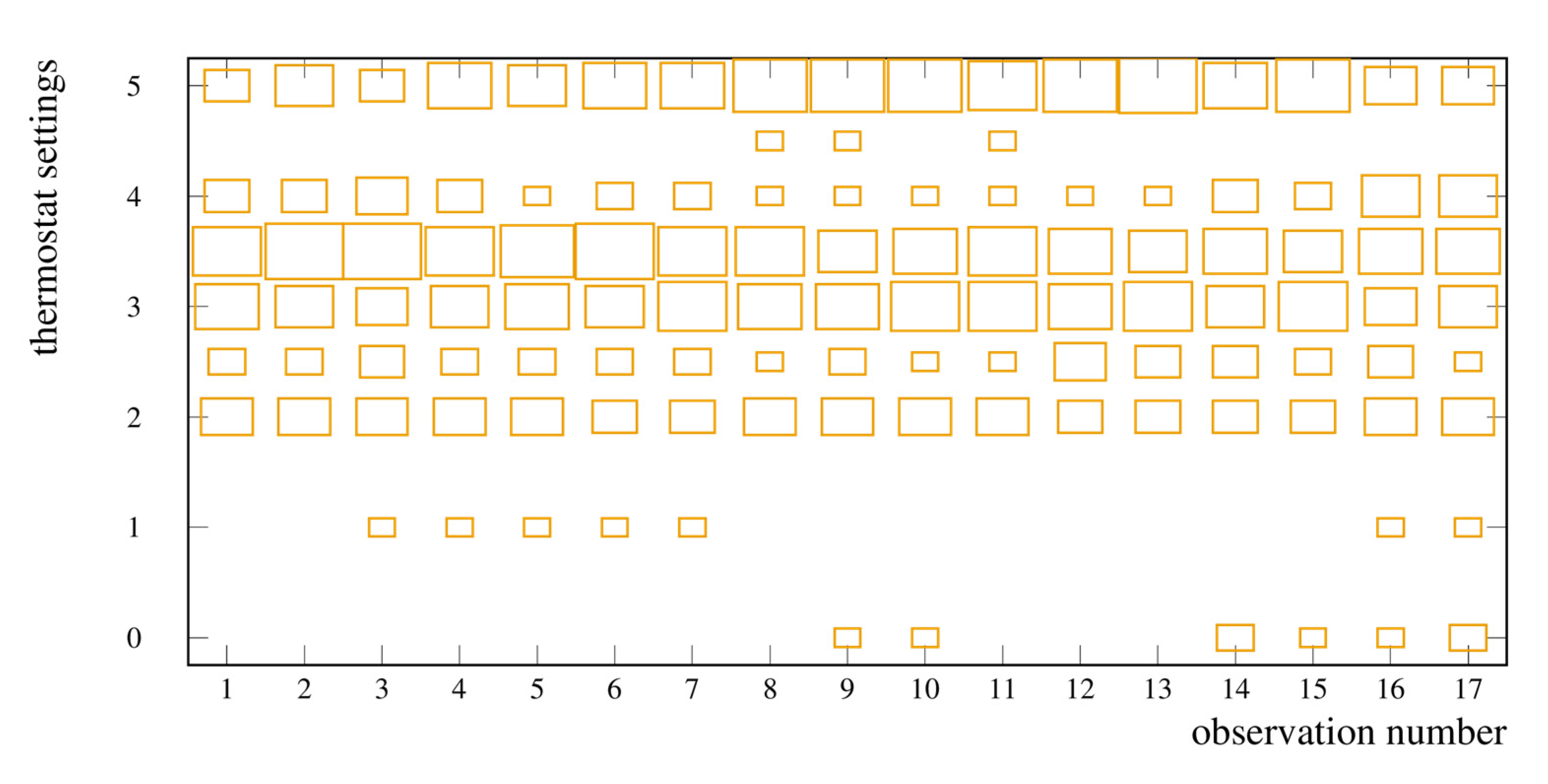
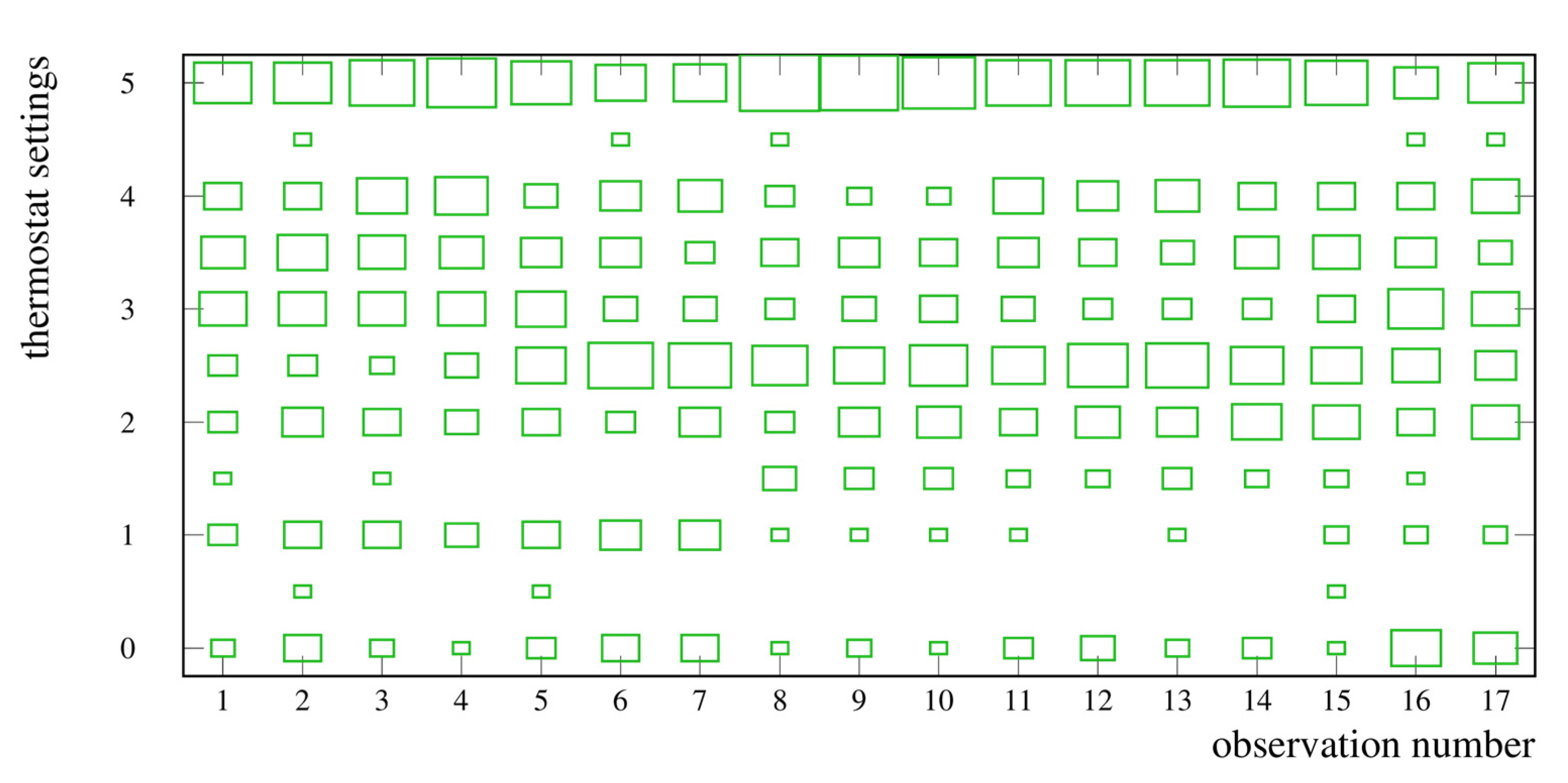
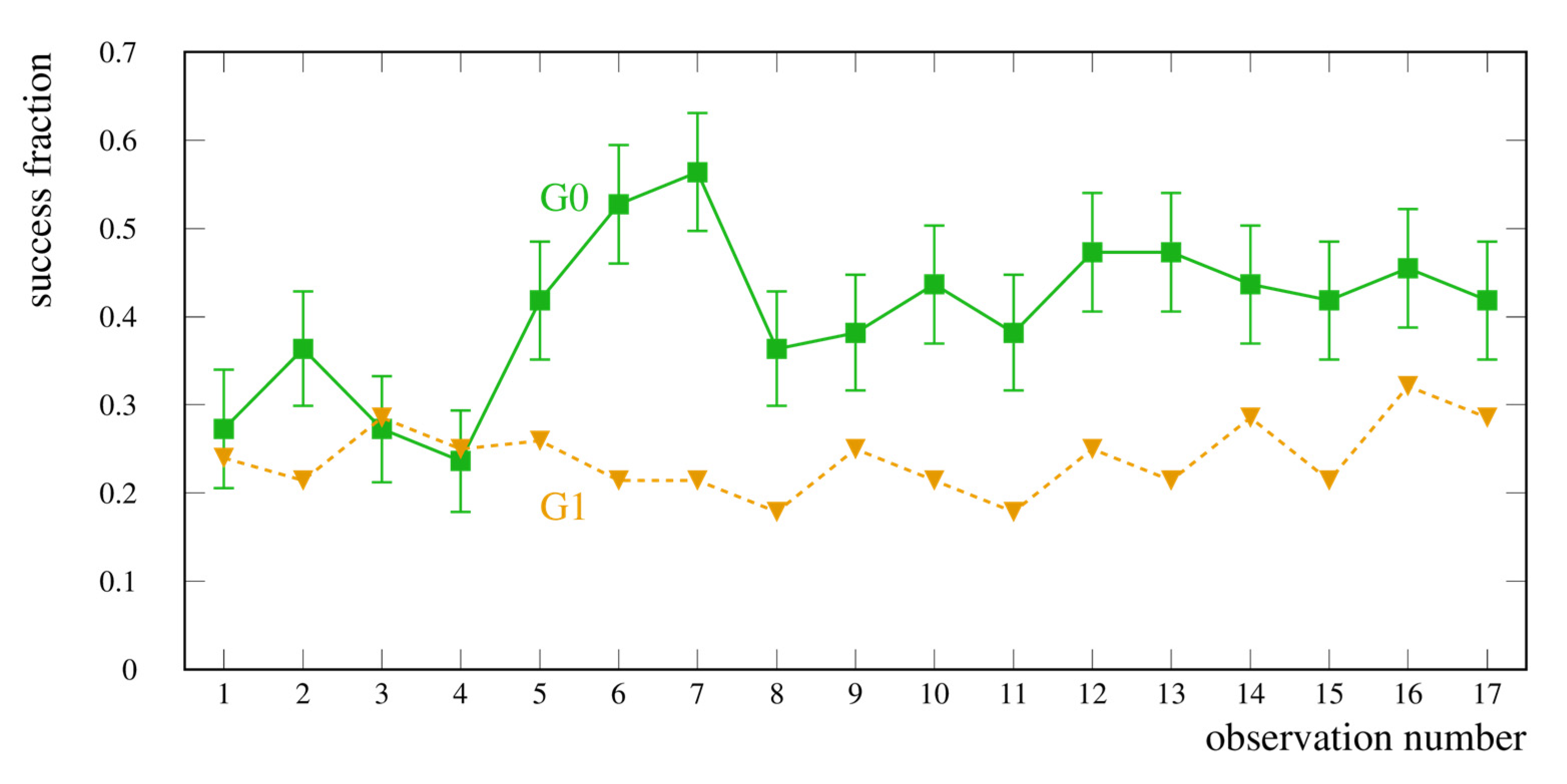
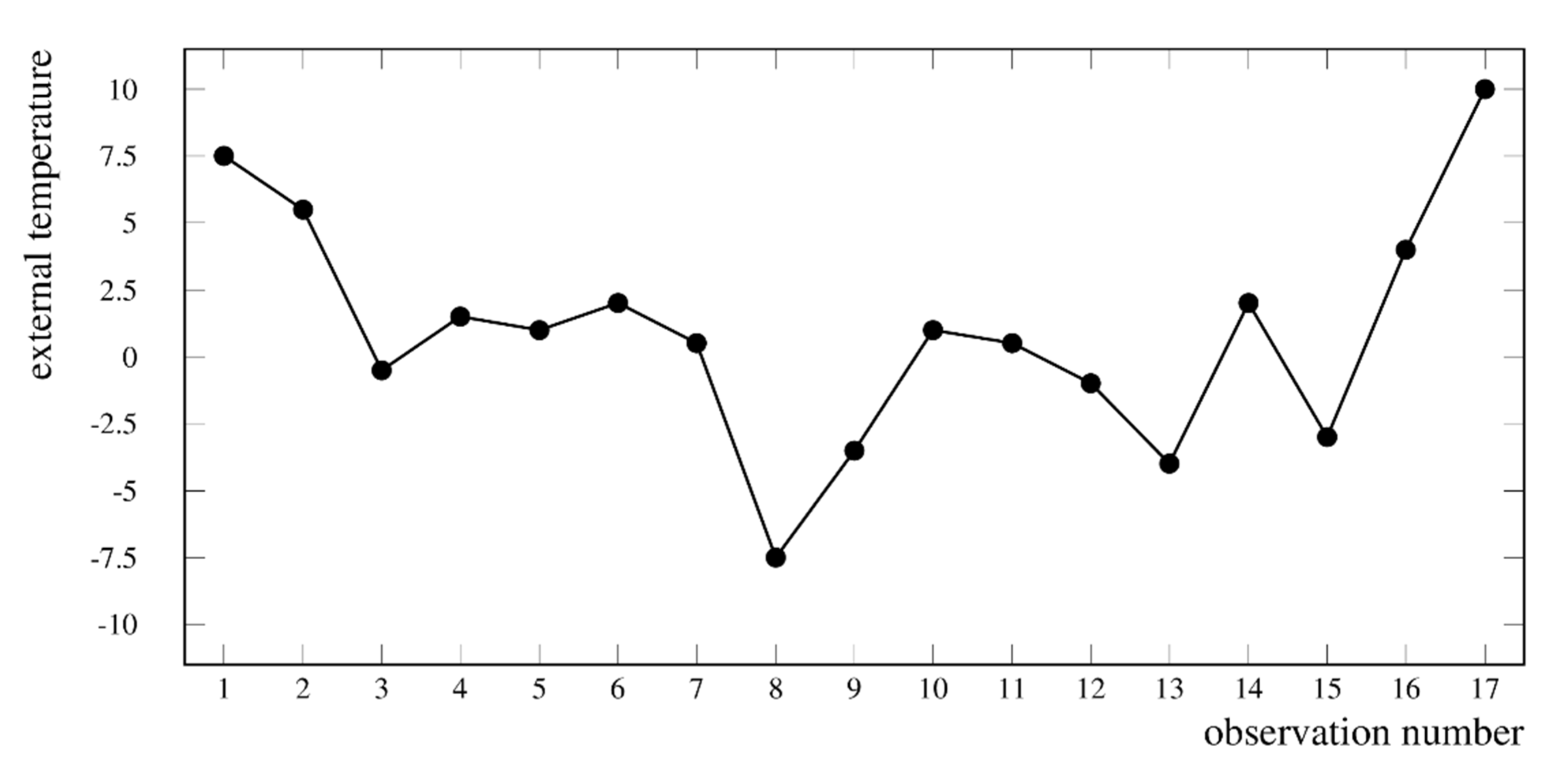
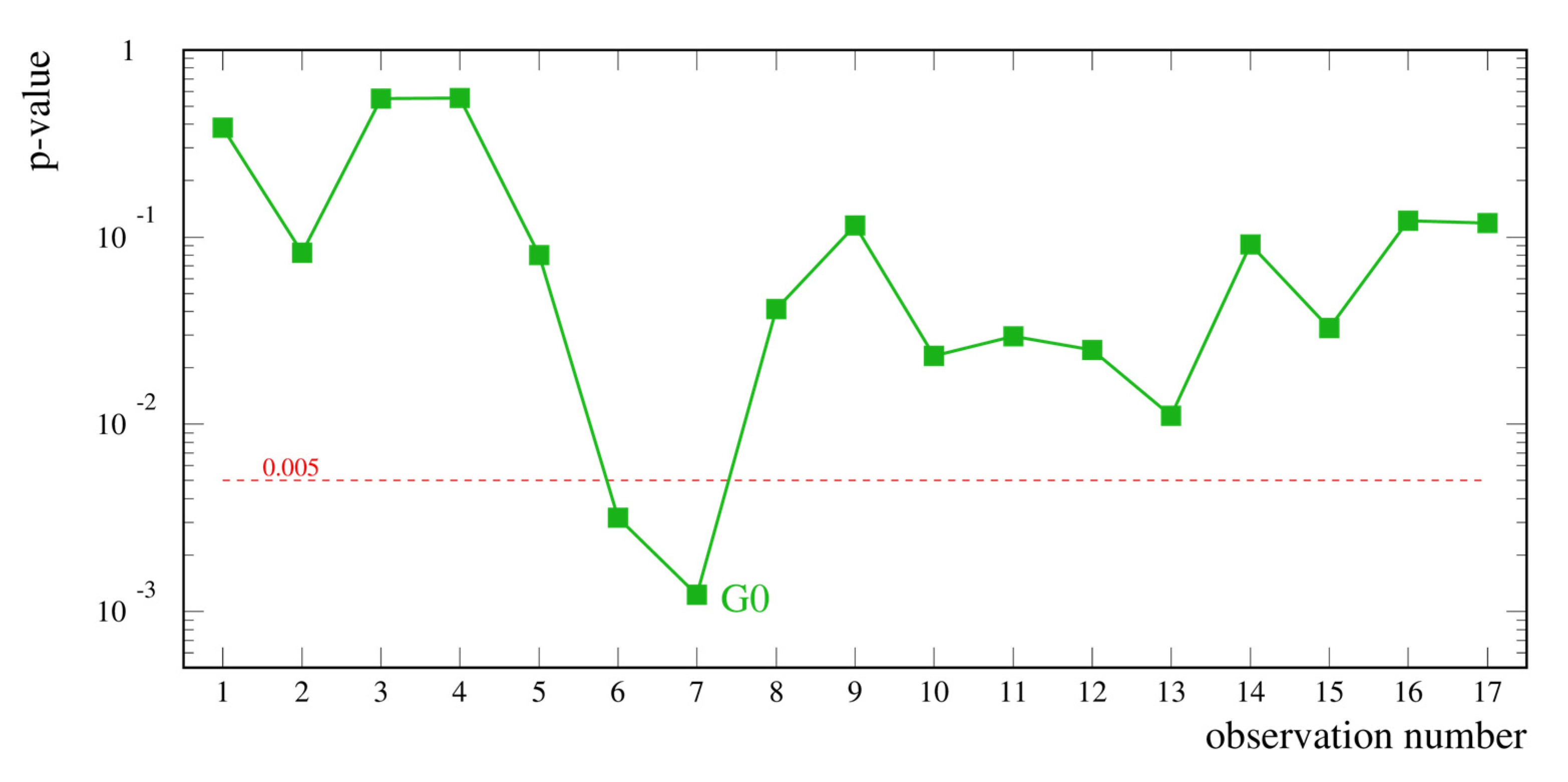
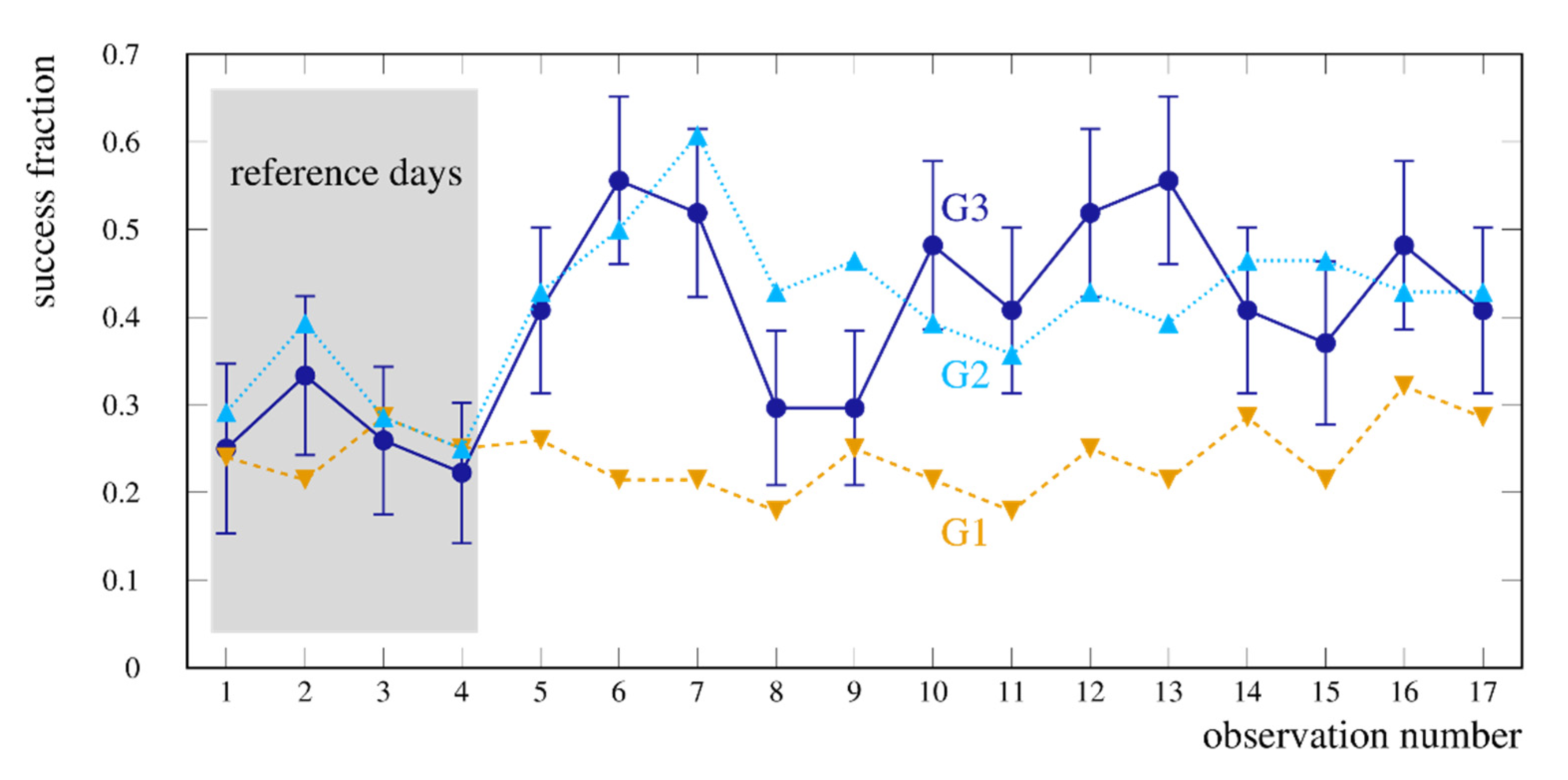
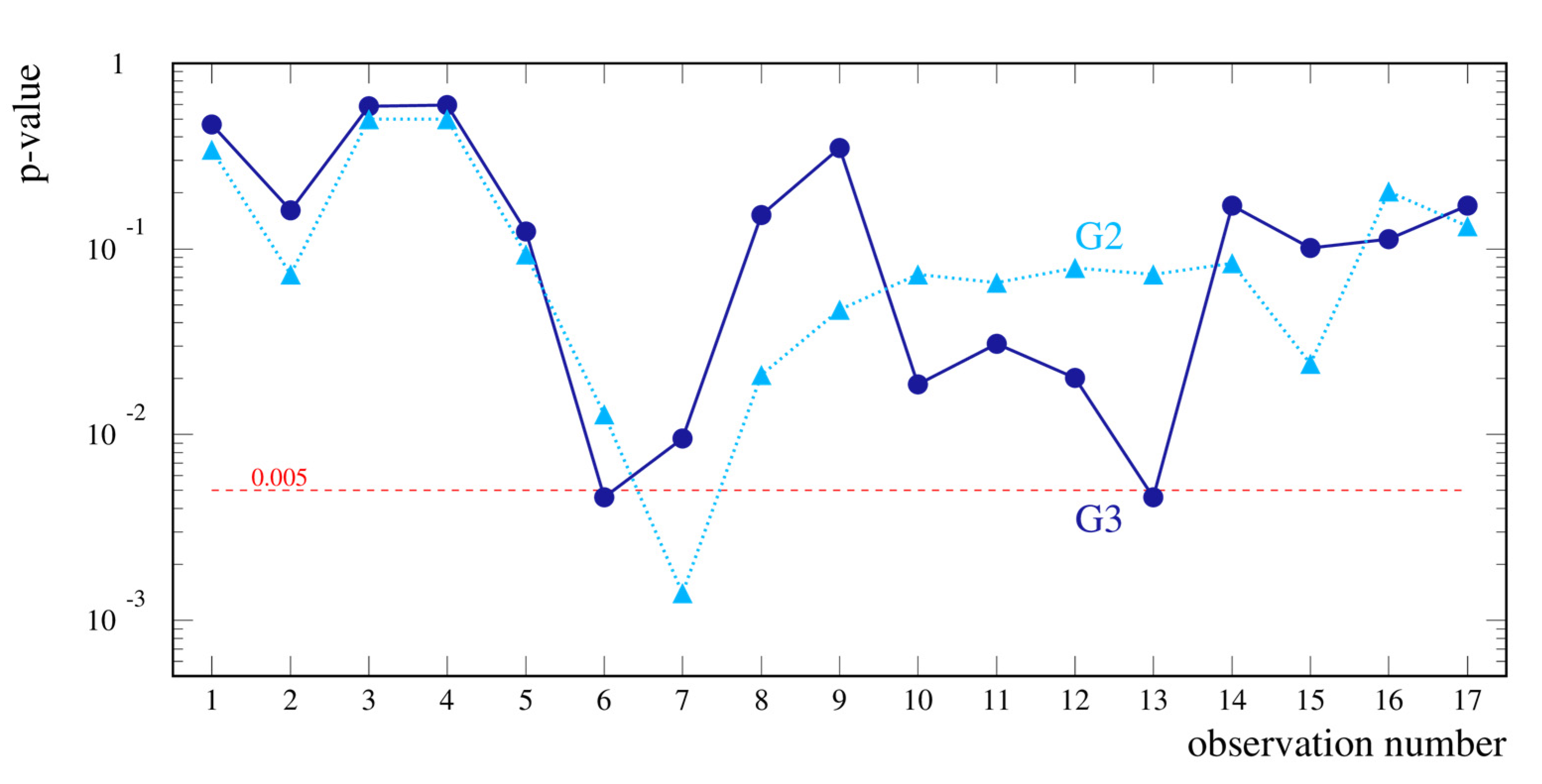
Publisher’s Note: MDPI stays neutral with regard to jurisdictional claims in published maps and institutional affiliations. |
© 2021 by the author. Licensee MDPI, Basel, Switzerland. This article is an open access article distributed under the terms and conditions of the Creative Commons Attribution (CC BY) license (https://creativecommons.org/licenses/by/4.0/).
Share and Cite
Zalewska, M.E. The Impact of Incentives on Employees to Change Thermostat Settings—A Field Study. Energies 2021, 14, 5315. https://doi.org/10.3390/en14175315
Zalewska ME. The Impact of Incentives on Employees to Change Thermostat Settings—A Field Study. Energies. 2021; 14(17):5315. https://doi.org/10.3390/en14175315
Chicago/Turabian StyleZalewska, Mariola E. 2021. "The Impact of Incentives on Employees to Change Thermostat Settings—A Field Study" Energies 14, no. 17: 5315. https://doi.org/10.3390/en14175315
APA StyleZalewska, M. E. (2021). The Impact of Incentives on Employees to Change Thermostat Settings—A Field Study. Energies, 14(17), 5315. https://doi.org/10.3390/en14175315





